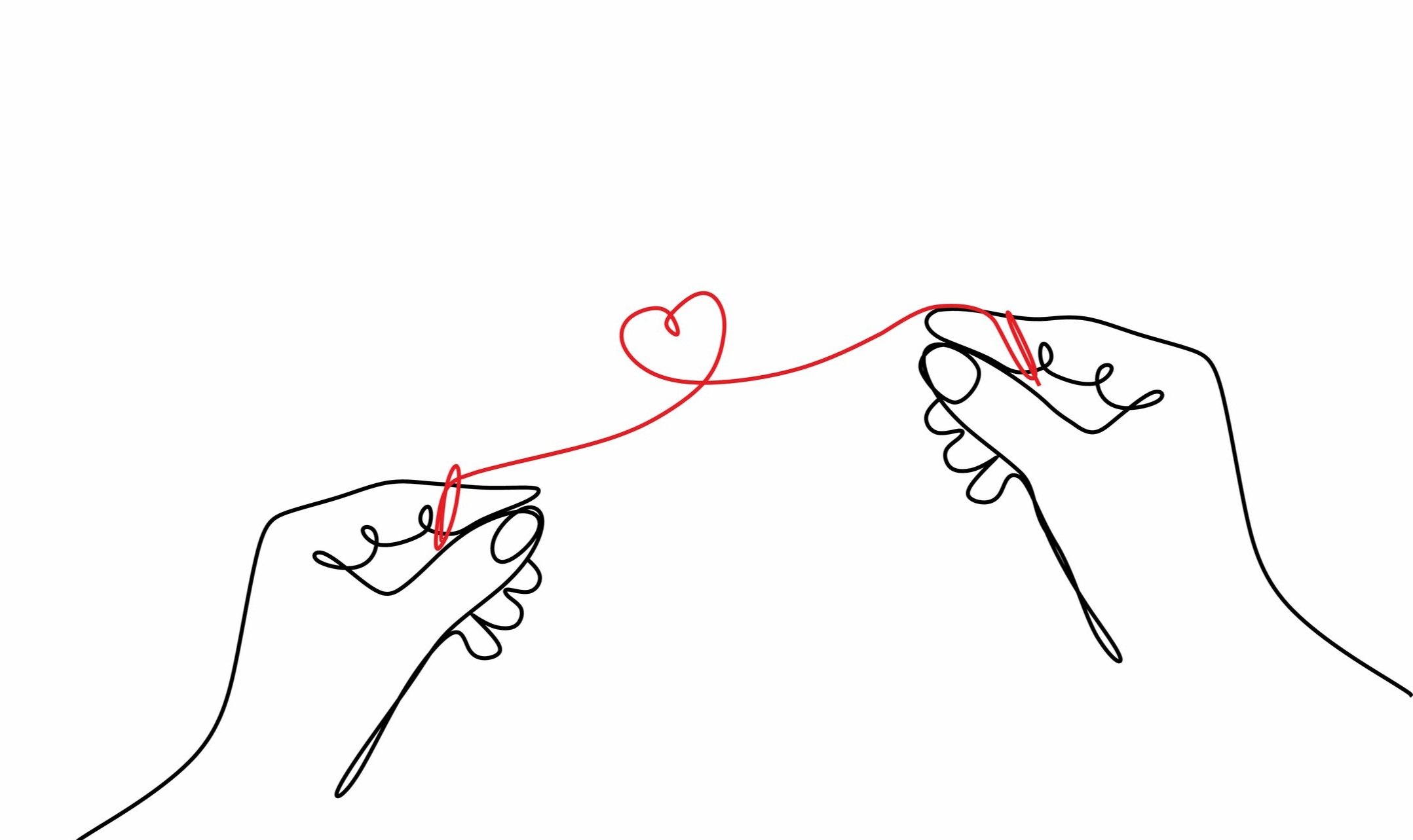How to Practice Emotional Self Care
A guide to creating your own personalized emotional self-care plan.
Your heart’s in your hands by IRINA - stock.adobe.com
In a fast paced, pressured, always on the go world, we tend to forget the need for emotional self-care.
We also tend to forget that there are actual things we can do to support ourselves and improve our mood. This is especially challenging when we feel distressed, hopeless, depressed, overwhelmed or just like giving up.
What is Emotional Self-Care?
Emotional self-care is the ability to…
recognize and acknowledge your feelings.
pause and ask yourself why you are feeling this way.
assess your feelings in response to a situation.
express yourself in a healthy way.
effectively self-soothe.
Emotional self-care looks different for everyone. It can change over time, depending on many factors, such as:
Where you are in your life (age, role in your current relationships, employed/unemployed, etc.).
External stressors you are experiencing (ex. Loss of employment or relationship etc.).
External events beyond your control (natural disaster, quarantine, etc.).
Your social supports, the quality of your social supports, or lack of a social support system.
Your current state of mind.
Your willingness to recognize the emotions you are feeling.
Your motivation to self-activate and deal with emotions.
Emotional Self-Care Assessment
The assessment of yourself and emotional response includes directly asking yourself questions.
Lower the distractions that are occurring and allow yourself you look inward for guidance. Try not to reject things that come up or write them off because you feel they are irrelevant.
Direct questions that can start this assessment include:
What it is that I am feeling?
Are there emotions beneath this feeling that I am not recognizing right now?
Why am I feeling this way?
What do I want right now?
Is my response appropriate to the situation? Why? Why not?
Practicing Emotional Self-Care
Emotional self-care is when you are able to recognize that there is something you can do to:
Make a difference in how you feel.
To adjust your mood.
Accepting you have the ability to make a difference allows space to ask your inner self for guidance. You can use the skills and tools you already have to make a change. This also allows the space for you to make choices that are in accordance with your own real needs and wishes.
Emotional Self-Care, Troubleshooting.
Emotional self-care during times of distress, hopelessness, depression, overwhelm or when you just feel like giving up.
Preparation, Practice, Patience, & Process
Practicing emotional self-care during times and moments that you feel you don’t need it will prepare you for those moments and times you need it most.
Be patient with yourself and understand this is a process. If you don’t practice, you will be less likely to remember the things, activities, and thoughts during times you actually need them to support yourself.
Prepare by planning ahead.
“A mood is not the flu; you don’t have to wait for it to pass”
Be patient with yourself. You most likely already have a lot of the tools and skills that work for you - to make a difference in how you feel. However, you may not use them because you doubt yourself. Or, because your mood is so low that you feel like you can’t access them at all.
Hold tight, and be kind to yourself. You’re doing the best you can. Keep in mind, we cannot truly know if something will or won’t work if we don’t try.
Emotional self-care is an ever-changing process. Be patient with yourself. Be patient with the process.
Create Your Emotional Self-Care Toolbox
Taken from Elinor Greenberg’s book, Borderline, Narcissistic, and Schizoid Adaptations:The Pursuit of Love, Admiration, and Safety.
Step 1: Make a list of activities you enjoy.
What do you like to do? What are some things you can fully absorb yourself in?
Examples: running, crafting, playing with the cats, meditation.
Step 2: Review your day-to-day routines.
What do you struggle with when you are feeling down? What about when you are feeling angry? or overwhelmed?
Look at your list. Plan out what activities you can do for each situation.
Step 3: Engage your 5 senses.
Pick an activity you love and describe what it’s like in vivid detail.
Imagine yourself doing the activity. What do you see? What do you hear? How does it feel? What do you smell? What do you taste?
Step 4: Create reminders.
Do this when you are feeling calm, clear headed and connected with yourself.
Design a physical box and fill it with reminders of the activities you enjoy, objects you find meaningful, or anything you find soothing.
Create a list on your phone to remind you of these activities for times when you’re struggling.
What Do You Think?
Did you find this helpful? What does your emotional tool box look like?
Interested in learning more about this topic? Would you find additional free resources, like a worksheet/workbook, helpful? Let us know!
Share your comments, questions, and experiences below:
This content is intended for informational purposes, and is not a substitute for professional medical or mental health advice, diagnosis, therapy or treatment.

